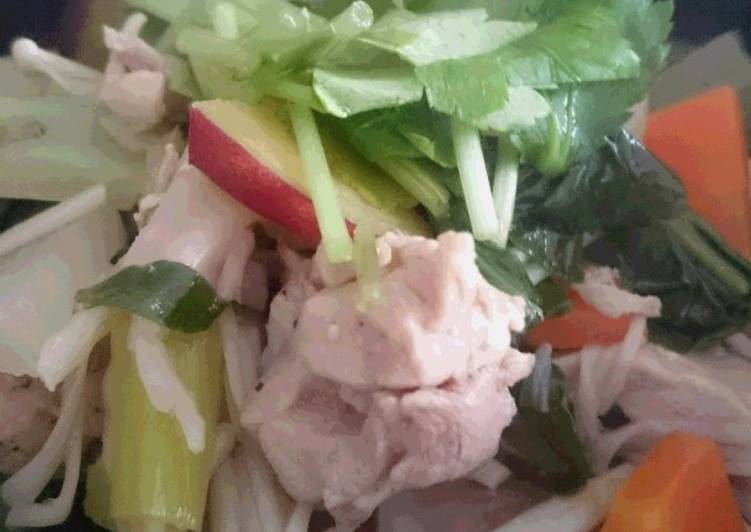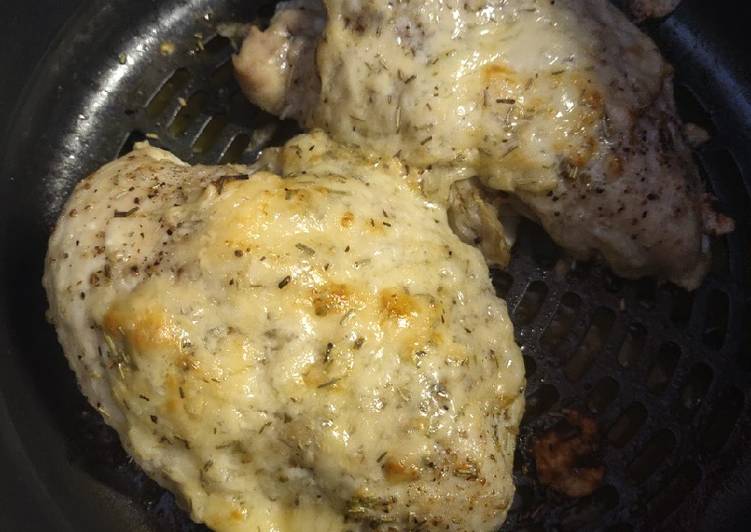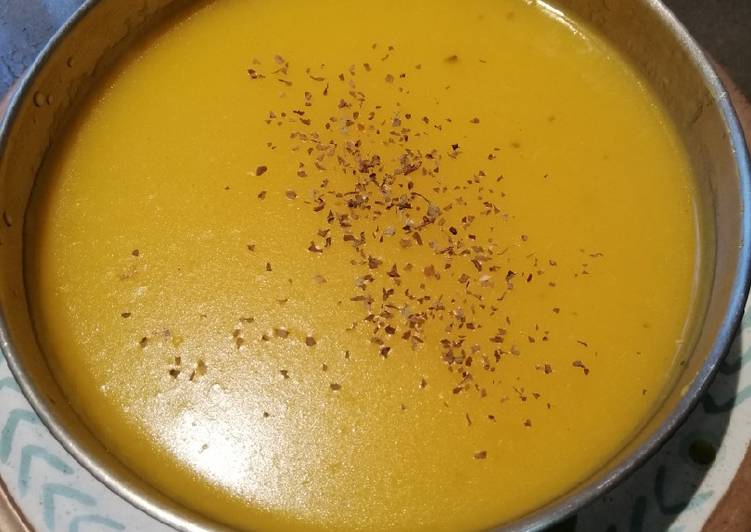
Hey everyone, it’s Drew, welcome to our recipe page. Today, I’m gonna show you how to prepare a special dish, udon noodle in kenchin soup(japanese vegetable chowder). It is one of my favorites food recipes. This time, I am going to make it a little bit unique. This will be really delicious.
Udon noodle in Kenchin soup(Japanese vegetable chowder) is one of the most well liked of current trending foods on earth. It is easy, it’s fast, it tastes delicious. It’s appreciated by millions every day. They’re fine and they look wonderful. Udon noodle in Kenchin soup(Japanese vegetable chowder) is something which I’ve loved my whole life.
When the pot is boiled, reduce the heat and cook until the vegetables are tender. In another pot with water, start boiling udon (the boiling time depends on the udon, check the instructions on the label). Put the boiled udon in a bowl, serve the kenchin soup into the bowl, and add sesame oil. Hey everyone, welcome to my recipe page, if you're looking for Udon noodle in Kenchin soup(Japanese vegetable chowder) recipe, look no further!
To begin with this particular recipe, we must first prepare a few ingredients. You can cook udon noodle in kenchin soup(japanese vegetable chowder) using 14 ingredients and 6 steps. Here is how you cook that.
The ingredients needed to make Udon noodle in Kenchin soup(Japanese vegetable chowder):
- Make ready 300 g udon(refregerated, not dried)
- Make ready 100 g~200g chicken thigh
- Make ready 5 cm daikon radish
- Take 5 cm sweet potato
- Prepare 5 cm carrot
- Prepare 5 cm burdock
- Take 1 large leaf of Chinese cabbage
- Get and any vegetables you like
- Get 10 g ginger(minced or shredded)
- Get 500 ml dashi stock
- Prepare 20 ml soy sauce
- Get 20 ml mirin
- Prepare 3 g salt
- Get 1 tsp sesame oil
But he asks not for the traditional chicken noodle but my version which is called Japanese Udon. *This Post Contains Affiliate Links. The udon (pronounced oo-don) noodles are thick and like no other noodle you have ever had. It's super easy to make and it hits the spot when you're in the mood for a hearty Japanese soup. If you want to make it extra special, add a few pieces of shrimp tempura to the bowl.
Instructions to make Udon noodle in Kenchin soup(Japanese vegetable chowder):
- Cut chicken into small bite sizes. Slice vegetables into slightly thick pieces.
- Heat chicken and vegetables in a pot, until the color of the chicken changes.
- Add dashi stock, soy sauce, mirin, and salt, let them boil.
- When the pot is boiled, reduce the heat and cook until the vegetables are tender.
- In another pot with water, start boiling udon (the boiling time depends on the udon, check the instructions on the label).
- Put the boiled udon in a bowl, serve the kenchin soup into the bowl, and add sesame oil. Adding cayenne pepper powder also makes the udon more enticing.
It's super easy to make and it hits the spot when you're in the mood for a hearty Japanese soup. If you want to make it extra special, add a few pieces of shrimp tempura to the bowl. Bring chicken stock, garlic, ginger, and chili powder to a boil in a pot over medium-high heat. Kenchin udon: A popular winter udon dish in which udon is added into a soup made with stir-fried Azuki Batto is a traditional dish of udon noodles in a sweet red bean soup that has been eaten in Root vegetables are the most commonly used ingredients, and the noodles are made without salt. Mix carrots, celery, cabbage, onion, snow peas, and water chestnuts into broth mixture; stir in yakisoba sauce, soy sauce, lemon juice, sambal sauce, and balsamic vinegar.
So that’s going to wrap it up for this special food udon noodle in kenchin soup(japanese vegetable chowder) recipe. Thank you very much for reading. I am confident you can make this at home. There’s gonna be more interesting food in home recipes coming up. Remember to save this page on your browser, and share it to your loved ones, colleague and friends. Thanks again for reading. Go on get cooking!

